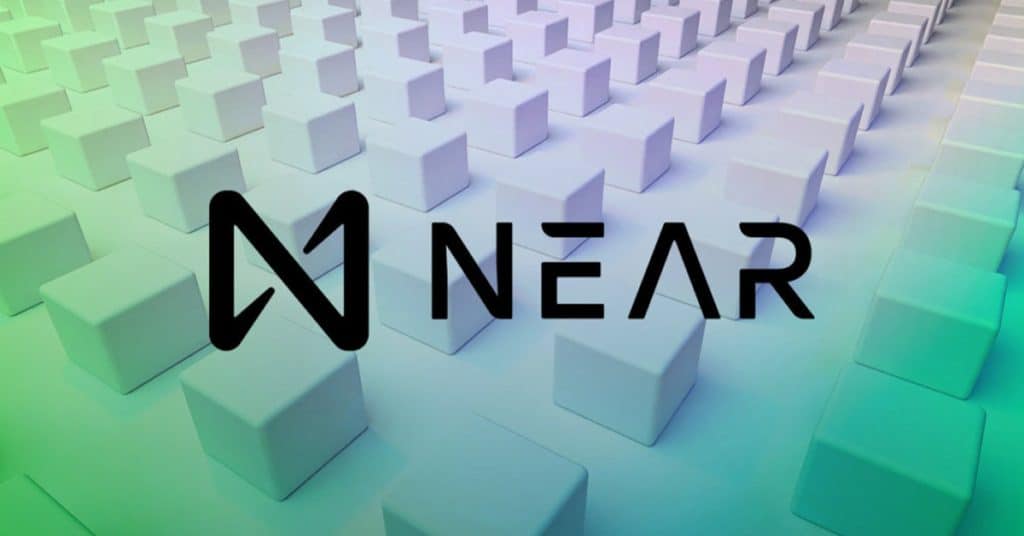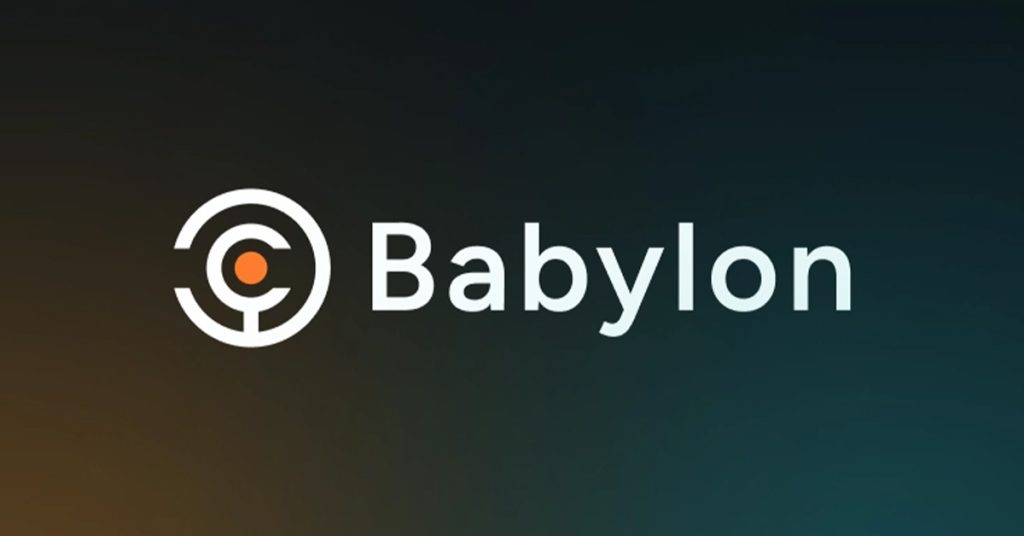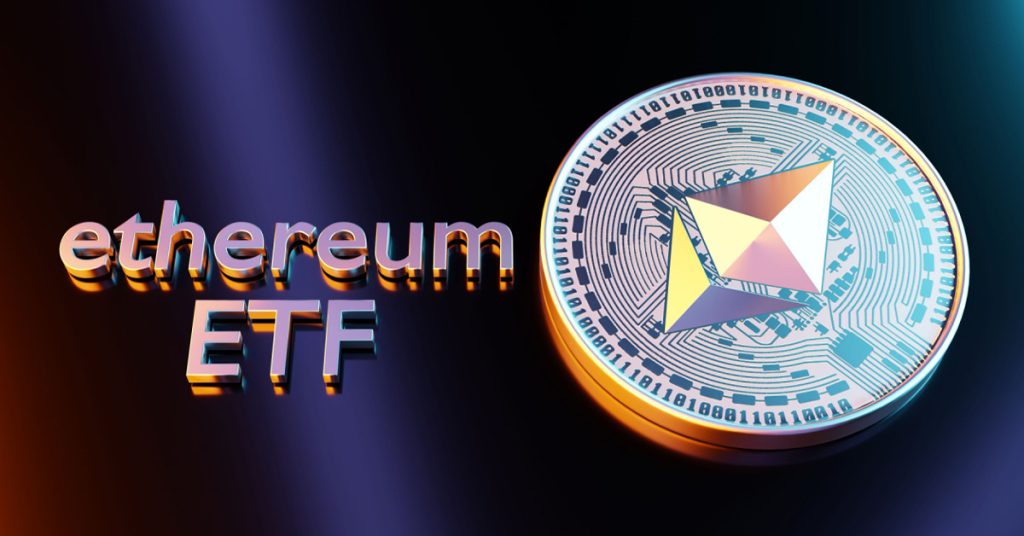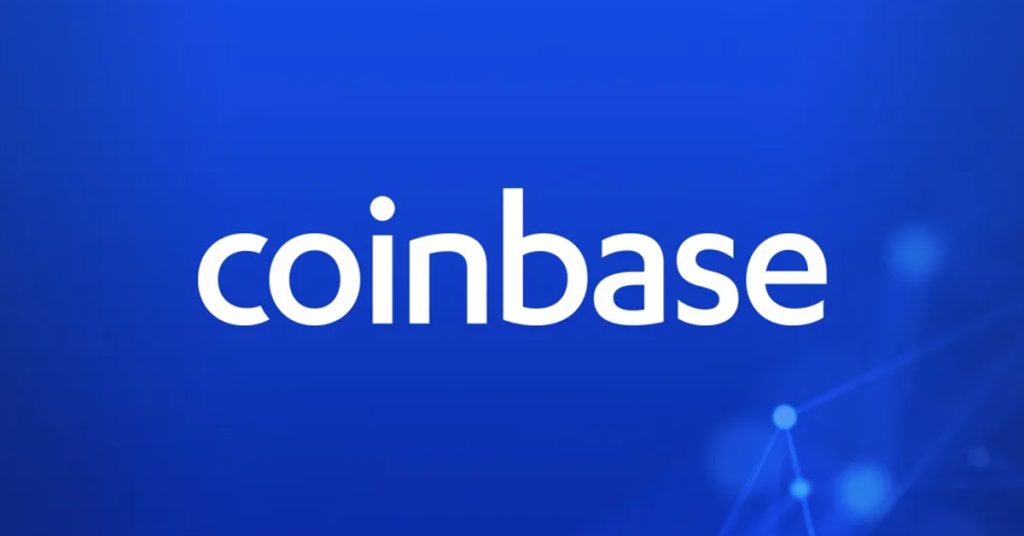NEAR Protocol ($NEAR) | Host to the Next Generation of DApps

What Is Near Protocol?
NEAR Protocol is a Layer 1, smart-contract enabled, delegated proof-of-stake blockchain that is designed to be user/developer friendly and usher in the next generation of dApps (Decentralized Applications). The protocol was created in 2017 by former Microsoft software developer Alexander Skidanov and former engineering manager at Google Research, Ilya Polosukhin with the mainnet going live in early 2020. NEAR intends to scale its network using sharding, a technology which splits a blockchain’s network into smaller partitions to improve latency. The native token on the network is called $NEAR. It is primarily used within the ecosystem to pay for transaction fees and as collateral for storing data on the blockchain. Holders can also stake their NEAR tokens via their native, web-based wallet.
Nightshade
How can a network scale to handle increased transaction activity without compromising on security and decentralization? NEAR’s solution to this problem is what they have termed ‘Nightshade Sharding’. Phase 0 (Simple Nightshade) of this implementation was launched in November, 2021 and this was a major milestone for the network as it embarked on a journey towards becoming a fully sharded blockchain that will be super-fast, very secure, and capable of onboarding millions of users into the world of Web3.
The initial Nightshade phase shards the state, significantly increasing the throughput of the network up to 100,0000 transactions per second, with near instant finality (less than 2 seconds) and transactions which cost just a fraction of a cent. With the implementation of Nightshade, NEAR has built a mechanism to split a shard into multiple parts through live upgrades. While sharding technology is not unique to NEAR, it’s aiming to take things to the next level by introducing what is known as ‘dynamic sharding’ in a future phase of the implementation (scheduled for Q4, 2022). This is a process by which the number of shards on the blockchain is not static, rather adjustable based on user demand, enabling transaction fees and throughput to be optimized at all times.
While there are many new blockchains and layer 2 solutions claiming to have thousands of transactions per second, due to their non-sharded designs they will all hit an upper limit of what their network can eventually handle. NEAR’s Nightshade sharding allows the protocol to scale linearly with the number of shards, thereby having the ability to satisfy the demand for more transactions as the number of users increase. Ultimately it prepares NEAR for the mass adoption of billions of users.
Aurora
Aurora is an EVM (Ethereum Virtual Machine) built on the NEAR Protocol, delivering a turn-key solution for developers to operate their apps on an Ethereum-compatible, high-throughput, scalable and future-safe platform, with low transaction costs for their users.
In December, 2021 Aurora announced an important partnership with ConsenSys, the enterprise blockchain company, to provide access to its suite of developer tools including Metamask, Infura, Truffel and more. Aurora provides an Ethereum Layer 2-like experience for both users and developers and is a vital part of the ongoing development of the NEAR ecosystem.
Wallet Support
The NEAR wallet is an easy-to-use, non-custodial, web-based wallet for the NEAR blockchain. Users can make deposits and then stake their tokens by selecting the validator of their choice. Rewards are approximately 5% per year and fluctuates as the total amount of staked tokens changes. To do anything with this wallet you will need at least 0.1 NEAR tokens. Note that unstaking your tokens can take between 48 to 72 hours.
Trust Wallet has also integrated NEAR, making it one of the first decentralised wallets to support the token.
Opera, the world’s first browser with Web3 capabilities and a built-in crypto wallet, have also announced plans to support NEAR Protocol.
Bridges
NEAR uses the Rainbow Bridge to seamlessly migrate assets to the NEAR platform. Ethereum users can easily onboard to NEAR using the ETH faucet and MetaMask. Simply by logging into MetaMask and proving that your account has a balance higher than 0.05 ETH, anyone can claim a NEAR account and start using the Rainbow Bridge right away. All assets originating from Ethereum are now fully usable in NEAR applications.
A Cardano bridge is also in the works. In November, 2021 a partnership was announced with Ardana, the growing stablecoin hub built on the Cardano network. The partnership will enable asset transfers between the 2 protocols with Ardana providing the bridging infrastructure.
DeFi on NEAR Protocol
It’s NEAR’s mission to make crypto easy to understand and use for the masses. In just a few clicks you can set up your own NEAR wallet, which can then become your gateway to DeFi on NEAR.
NEAR’s DeFi ecosystem is in its infancy with a current TVL (Total Value Locked) of approximately $100 million. There are only two main dApps live on the system.
Ref.Finance is the only blue-chip DeFi project for the NEAR ecosystem. It aims to be a collection of DeFi protocols and is the only AMM (Automated Market Maker) / DEX (Decentralised Exchange) on NEAR, enabling permissionless and automated trading between any native NEAR or bridged token through liquidity pools managed by smart contracts. They also offer some high yield farming options and recently launched their ‘stableswap’ function which offers stablecoin swaps with very little loss/slippage.
Ref.Finance has its own native token called $REF. You can single stake your REF tokens to earn a share of revenue generated by the protocol (current rewards are approximately 32% APR). Rev.Finance currently has a TVL of approximately $61 million.
Meta Pool is a liquidity staking protocol built on NEAR, allowing holders to stake their NEAR and receive stNEAR tokens in return with an APY of 10%. These tokens can then be used as collateral in other financial applications and are freely tradable. Unlike staking in the official NEAR desktop wallet, Meta Pool users have no lock up period so your tokens are available on demand. The platform also has its own governance token called $META. Meta Pool has a TVL of approximately $30 million.
In 2021, we saw the meteoric rise of other Layer 1 protocols such as Luna, Avalanche and Solana while the NEAR protocol remained largely under the radar. However, with the launch of their Nightshade implementation and the announcement of an $800 million ecosystem fund, NEAR is beginning to receive considerably more attention. They also have some major venture capital backers onboard such as Pantera Capital, Three Arrows Capital, Coinbase Ventures, Arrington Capital, and Andreessen Horowitz’s, a16z. It’s early days for NEAR and its current token price may be more reflective of speculation rather than the actual amount of utility currently on the network, however the stage is now set for them to take some major steps forward and if they can roll out their Nightshade upgrades as scheduled and rapidly expand their dApp ecosystem, the NEAR protocol has the potential to be the new darling of crypto in 2022.










